Is Mahathir’s Gold-Backed Currency Just Loose Talk?
While the non-stop flows of physical gold into countries such as China and India are a constant reminder to the world of the importance of gold to Asian societies, gold got a high-profile endorsement of another kind in Asia recently when Malaysia’s minister Dr. Mahathir bin Mohamad proposed a gold-backed regional currency for Asia.
Speaking in front of Asia’s leaders and media at the aptly named “International Conference on the Future of Asia” held in Tokyo on 30 May, the theme of this year’s conference was ‘Seeking a New Global Order – Overcoming the Chaos’, and Mahathir opened the conference with a keynote speech and dialogue session, losing no time in criticising the dangers of a US dominated unipolar world and the instability of the world’s reserve currency, the fiat US dollar.
It was in this context that Mahathir suggested a gold-based currency that could be used for international trade and investment between Asian economies, and that would serve as an alternative to dependency on the US dollar. For those not familiar with Mahathir, the 93 year-old was prime minister of Malaysia for 22 years between 1981 and 2003, and again became Malaysian prime minister in May 2018. Mahathir also served as Malaysia’s minister of finance from 1998 – 1999 and between 2001 – 2003.
Known for his criticisms of the IMF and the international currency markets, it was during the Asian financial crisis of 1997-1998 that Mahathir singled out currency speculators and traders, such as George Soros, as being responsible for the Malaysian ringgit’s weakness over that time, a period in which the Ringgit, which was floating and then pegged to the US dollar, lost much of its value. Mahathir also has a personal hatred of naked short sellers, and who would blame him.
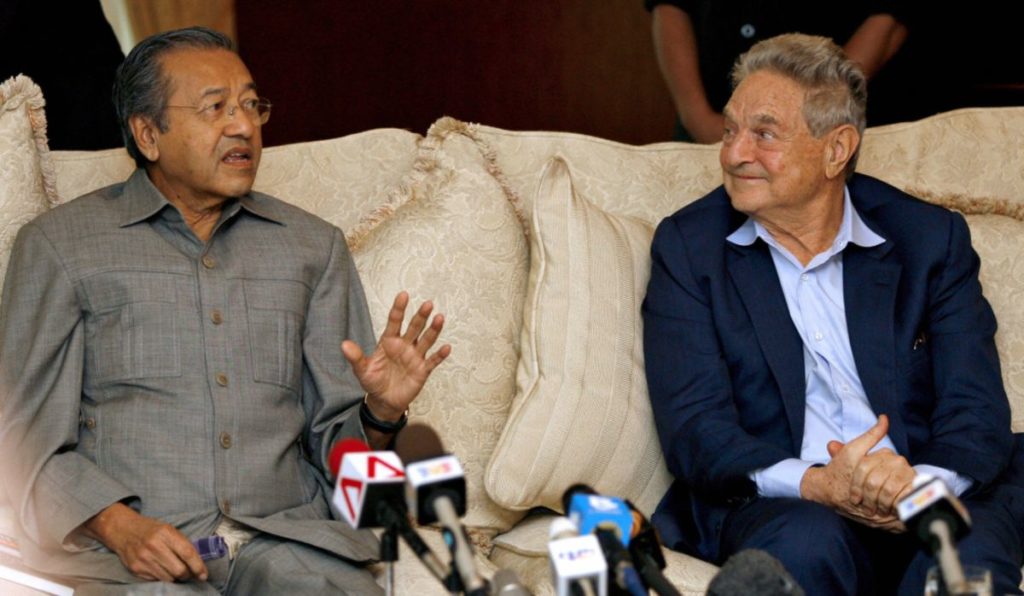
Pan-Asian Gold-backed Currency
At the Future of Asia conference, the Malaysian PM made his comments about a gold-backed currency while discussing an economic regional cooperation model for Asia that would avoid the ‘too far, too fast’ European Union and its common currency, but that would at the same time facilitate international trade. This currency would be pan-Asian and pegged to gold but which would facilitate bilateral trade among member countries:
“In the Far East, if you want to come together, we should start with a common trading currency, not to be used locally but for the purpose of settling of trade. And that currency belonging to East Asia.
First there will be fairness. At the moment we have to depend upon the US dollar, but the US dollar is also not stable. So the currency that we propose should be based on gold because gold is much more stable.“
A video of Mahathir’s keynote speech and gold-backed currency proposal comments at the Future of Asia conference can be seen here on the Nikkei website, between minutes 33:00 and 38:00, and also on YouTube here.
In essence, what the Malaysian prime minister is proposing is a regional reserve currency linked to gold where local currencies of member states could be convertible into the reserve currency. Bilateral trade would then be settled via gold by netting trade obligations in the regional currency.
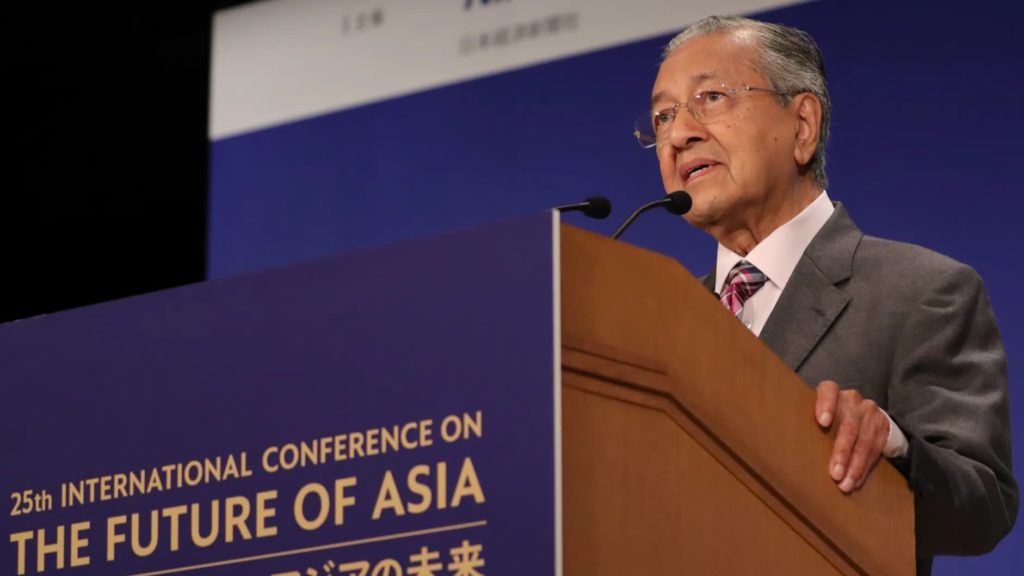
Gold Notes – Repackaged for 2019?
If you’re thinking Mahathir’s gold-pegged currency idea sounds a bit like the gold standards of the 19th and 20th century including the Bretton Woods gold anchored system, then you are right, because it is. But Mahathir’s gold currency idea is also not new even to himself, because he had similar ideas back in the early 2000s which at that time were framed in the context of regional use of an Islamic gold currency in the form of the gold dinar, a plan which never really took off.
For example, in October 2002, Mahathir hosted a seminar in Malaysia’s capital Kuala Lumpur titled “The Gold Dinar in Multilateral Trade" in which he made many of the same proposals about a gold-backed international trading system, in that case facilitated by the currency of the gold dinar. Trade balances of participating countries would be netted and settled in gold.
“The Gold dinar can provide the currency for trade between nations. If we value all trade items against gold, then we will have no problem with the exchange rate."
“It is not intended to use the gold dinar as currency for everyday transactions in the domestic market. For this we can use national currencies."
“Through bilateral payments arrangements the imports can be balanced by the exports and the differences settled in gold dinars."
A summary of Mahathir’s ideas from that 2002 seminar can be found here, and also a more extended transcript of the proceedings in appendix H here. Mahathir also discussed his gold dinar idea with Organization of Islamic Conference (OIC) countries at the 2003 Islamic Summit Conference in Putrajaya, Malaysia. So while the ideas that Mahathir discussed at the 2019 conference in Tokyo may sound appealing, they are hardly new.
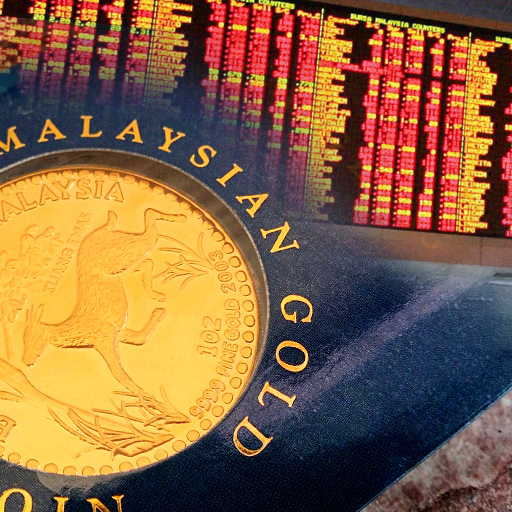
Conclusion
There is something elegant about the principle of a gold-standard, where a country’s purchasing power is related to its performance, where countries that generate wealth will have a stronger exchange rate in terms of gold and therefore more purchasing power, where one country with an exorbitant privilege can’t abuse the system by endlessly borrowing in a fiat currency backed by military might.
A currency backed by gold is ring-fenced from the abuse of one particular monetary authority or government, since the gold that is backing it has no counterparty risk. A gold-backed currency is more stable that fiat currencies since gold is a store of value, an inflation hedge, and a preserver of wealth. Even Donald Trump, the current US president will say this in private or at least used to say this as recently as 2015, when Trump said:
“In some ways, I like the gold standard and there is something very nice about it … We used to have a very solid country because it was based on a gold standard for it. We do not have that anymore. There is something very nice about the concept of that. It would be very hard to do at this point and one of the problems is we do not have the gold. Other places have the gold.”
While a gold-backed currency does provide advantages to the current US dollar hegemony, is anyone brave enough to seriously try it at this time? Look at what happened to Libya and its leader when Gaddafi proposed the establishment of a pan-African dinar to be backed by gold.
Mahathir’s latest proposal and anti-US rhetoric also has to be put into the political context of the fact that two days previously to the Tokyo conference, on 28 May 2019, the US Treasury added Malaysia to its currency manipulator ‘watch list’, a list which also includes the likes of Germany, Ireland, Italy, Japan, South Korea, Singapore, and Vietnam, in fact any country which the US Treasury happens to have a grievance with on any given day.
While Mahathir still seems upset about the Asian crisis of 1997-1998 and the role of speculation in currency markets, and despite having resurrected and repackaged a theme he talked about 17 years ago, his latest soundings do reflect the current mood, including that in Asia, that the world is now tired of the bullying US sanctions, trade wars, never-ending invasions and phony wars fought to keep the US petrodollar in global use.
But at nearly 94 years old, while Malaysia‘s Mahathir may have a soft spot for a return to a gold standard, is he the man to lead the charge? Probably not. But Mahathir’s speech was not lost on all the other Asian leaders in attendance in Toyko last month, nor most probably on Trump, who before he was president thought that “there is something very nice" about a gold standard.
Popular Blog Posts by Ronan Manly
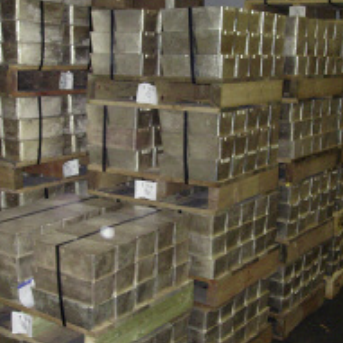 How Many Silver Bars Are in the LBMA's London Vaults?
How Many Silver Bars Are in the LBMA's London Vaults?
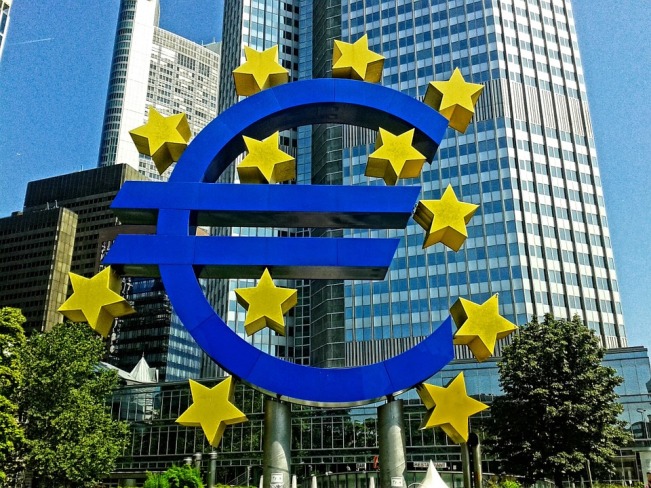 ECB Gold Stored in 5 Locations, Won't Disclose Gold Bar List
ECB Gold Stored in 5 Locations, Won't Disclose Gold Bar List
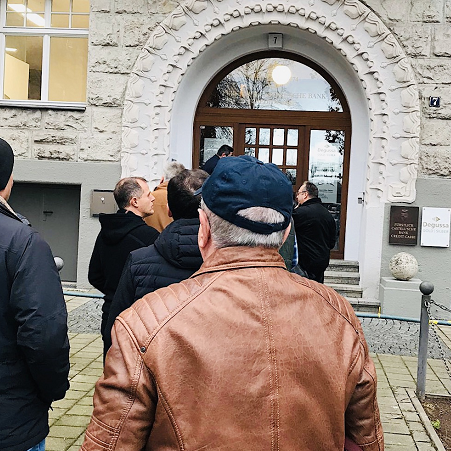 German Government Escalates War On Gold
German Government Escalates War On Gold
 Polish Central Bank Airlifts 8,000 Gold Bars From London
Polish Central Bank Airlifts 8,000 Gold Bars From London
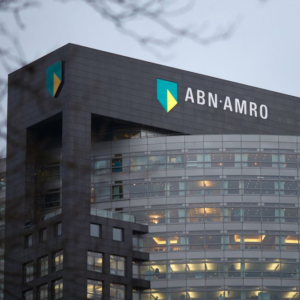 Quantum Leap as ABN AMRO Questions Gold Price Discovery
Quantum Leap as ABN AMRO Questions Gold Price Discovery
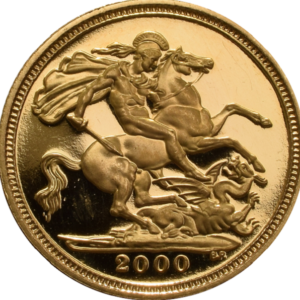 How Militaries Use Gold Coins as Emergency Money
How Militaries Use Gold Coins as Emergency Money
 JP Morgan's Nowak Charged With Rigging Precious Metals
JP Morgan's Nowak Charged With Rigging Precious Metals
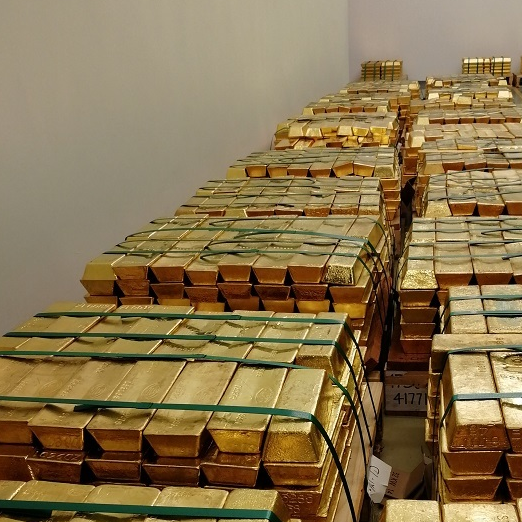 Hungary Announces 10-Fold Jump in Gold Reserves
Hungary Announces 10-Fold Jump in Gold Reserves
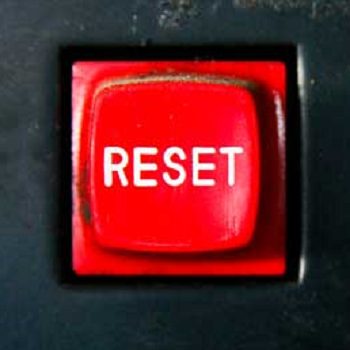 Planned in Advance by Central Banks: a 2020 System Reset
Planned in Advance by Central Banks: a 2020 System Reset
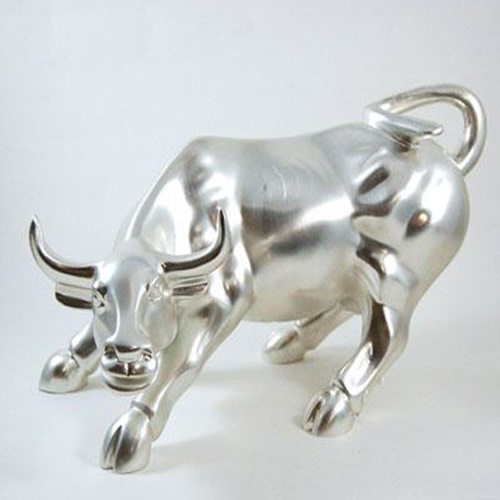 Surging Silver Demand to Intensify Structural Deficit
Surging Silver Demand to Intensify Structural Deficit





 Ronan Manly
Ronan Manly 4 Comments
4 Comments










